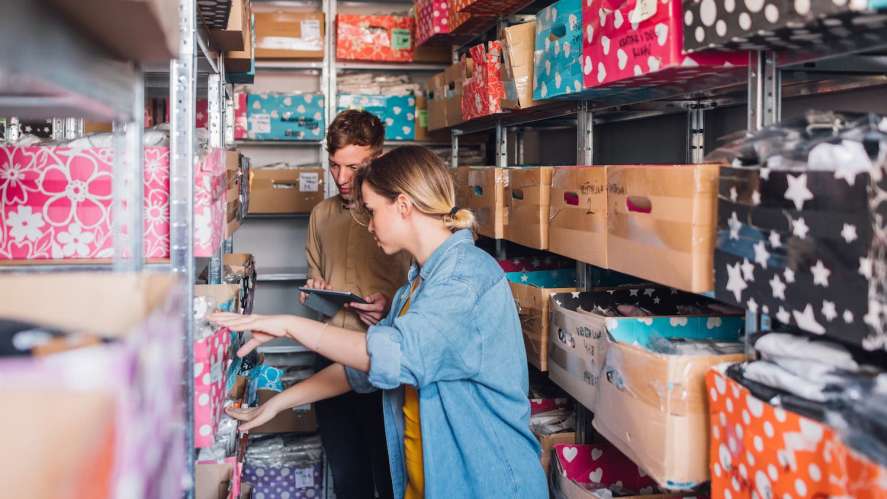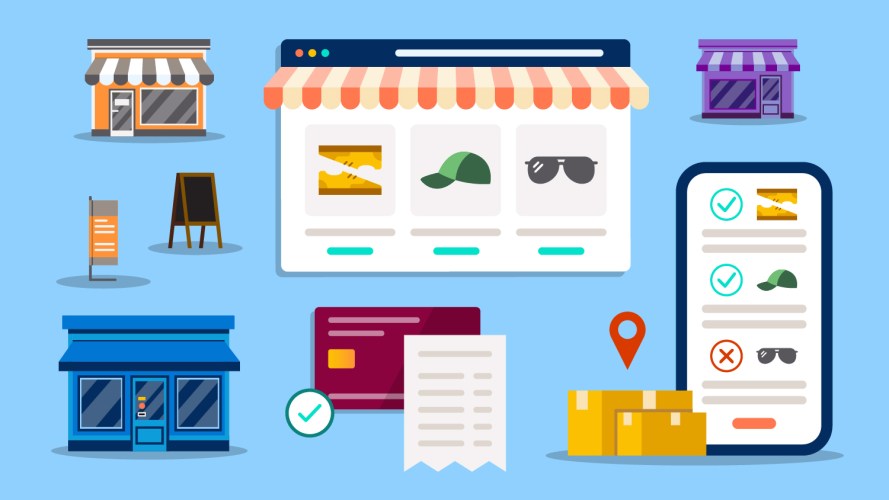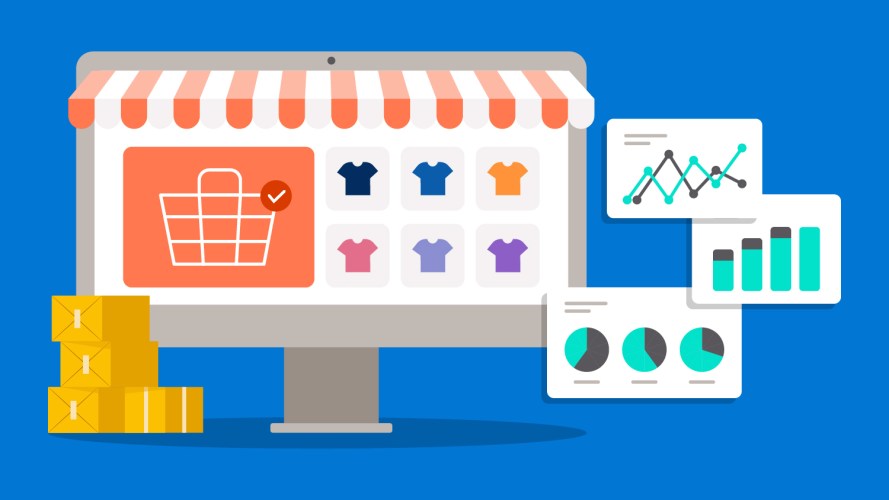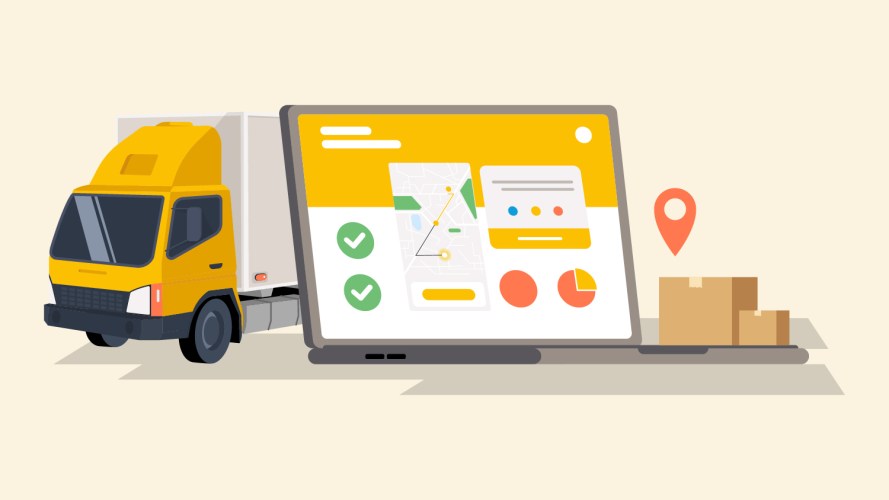Inventory Management Is the Unsung Hero of a Great Retail Experience



Few things are more frustrating to shoppers than out-of-stock or hard-to-find products. That's where inventory management can make or break the customer experience.

Matt Marcotte
One of the key challenges for retailers over the past year — getting products to customers faster, more efficiently, safely — was also a source of great innovation. That much was clear at this year’s National Retail Federation (NRF) Big Show, where retail leaders shared the benefits of using stores as fulfillment centers, using alternative pickup solutions like buy online/pickup in store (BOPIS), curbside, and drive-through pickup.
These innovations had a demonstrably positive business impact. Salesforce 2020 holiday shopping data showed that in the five days leading up to Christmas, retailers offering alternative pickup options saw a 54% increase in year-over-year digital revenue growth.
What is the secret sauce, the unsung hero, that empowers retailers to get products closer to the customer, make sure they’re available when they want them, and create a great customer experience? Inventory management. The balancing of product availability and demand, and proper execution of inventory management technology, is a pivotal part of supply chain operations, and one that can impact a brand’s entire retail execution strategy. Too much or too little inventory, in the wrong places at the wrong time, delivered inefficiently, can have negative consequences on your top line sales, sell throughs, margins, and most importantly your customer experience and loyalty.
Inventory management is not new, of course, but has become increasingly sophisticated and an important differentiator for brands who want to consistently deliver (pun intended) for their customers.
Here are the top three ways retailers will benefit by making inventory management a priority in 2021.
Seeing clearly across the supply chain
Accurate and organized inventory information provides a level of visibility that extends beyond in-store duties. During holiday, with a deluge of ecommerce orders, last-mile delivery became a challenge as retailers struggled to determine the fastest way to get product into the hands of their customers. Retailers need visibility into where products are located, so they can make better decisions about the best way to get the product to the customer. It doesn’t make sense, for example, to ship a product from Denver to Boston if a local Boston store or warehouse has the product in stock.
Those decisions are more easily made when inventory visibility is prioritized.
Make every moment count
Fulfillment is just one part of the journey customers take with your brand. Salesforce can help you create better connections with customers during awareness, acquisition, purchase and service. Want to learn how? n



Inventory visibility directly benefits consumers, as well. As they search for items online, product availability and, importantly, proximity, is a key differentiator in their choice to shop one brand or another. To that point, at the NRF Big Show, Google’s vice president of retail and consumer disclosed a 1,000% increase in Google searches related to finding products “near me.”
In addition, proper inventory management can help retailers make better strategic marketing and sales decisions. When the data shows that an item is overstocked, retailers can assess the benefits of offering special promotions, or decide to create an automated product recommendation online for customers with related purchases.
Making sustainability sustainable
The proliferation of ecommerce and delivery of goods has also increased concerns about environmental impact. Amazon deliveries alone emitted about 19 million metric tons of carbon in 2017, a number has likely increased since, not to mention the uptick in packaging materials used to deliver those and other orders.
BOPIS naturally lends itself to greater sustainability, as consumers who are already out doing errands can retrieve purchases, resulting in fewer delivery trucks and cars on the road — and usually less cardboard, too. But what happens when a customer requests a product for pickup that isn’t stocked in the storefront at that time? That subsequent last-minute shipment from a warehouse or other storefront negates the entire model of sustainability.
This can be avoided by bringing inventory rebalancing into the picture to eliminate shortages. With some analysis, retailers can determine the most popular and widely requested product — for each store, and for pickup with a region — and distribute or order inventory in more accurate quantities. This helps eliminate wasteful packaging and unnecessary trips to distribution centers, and, with the right amount of product sitting closer to consumers, helps retailers fulfill orders faster.
Growing customer loyalty
For years, we’ve understood that customers are loyal to brands that provide value, and we often associate value with deep connection and personalized, positive customer experiences. While that still rings true, another aspect of the shopping experience became highly valuable to consumers in 2020: convenience. After a year of shortages and shipping delays, product availability and accessibility matter quite a bit. While consumers quarantined at home, it no longer mattered which brand of toilet paper they preferred if it wasn’t available at the time of need.
Now, consumer brand loyalty is up for grabs, and retail inventory planning has become crucial to driving the convenience that customers value and keep them coming back. When products are obtainable when and where they’re needed most, and integrations with order management systems (OMS) are seamless, consumers begin to recognize the consistent availability and convenience provided to them. Ultimately, this will drive customers to return and remain loyal to the brand or retailer.
As retailers look to meet customer expectations of timeliness, personalization and sustainability, they must recognize the important role inventory plays in building superior customer experiences. If getting closer to customers is the goal, better inventory planning is one of the first steps to getting there.
A strong OMS can help take your inventory management to the next level — see how with Salesforce Order Management.























